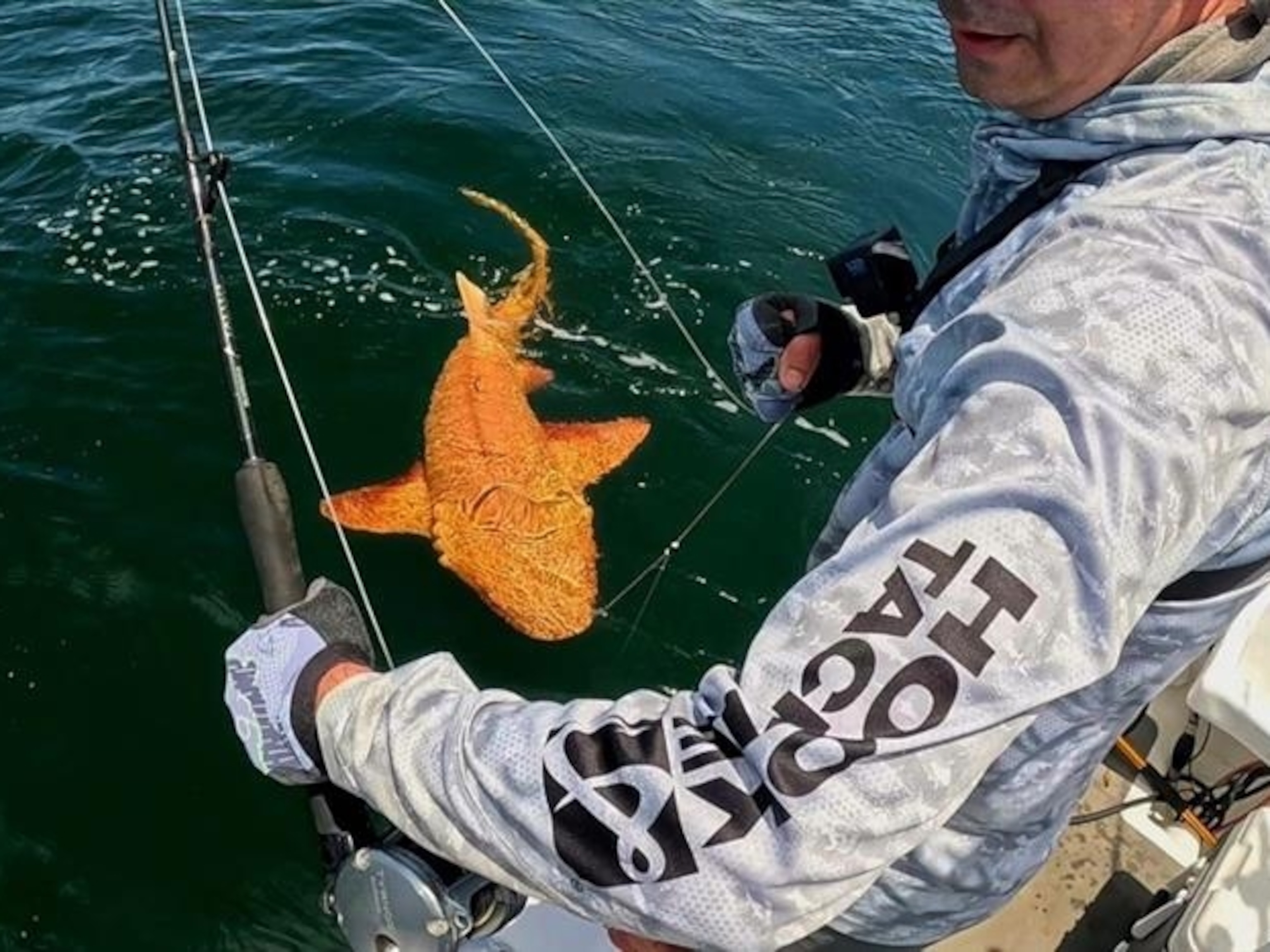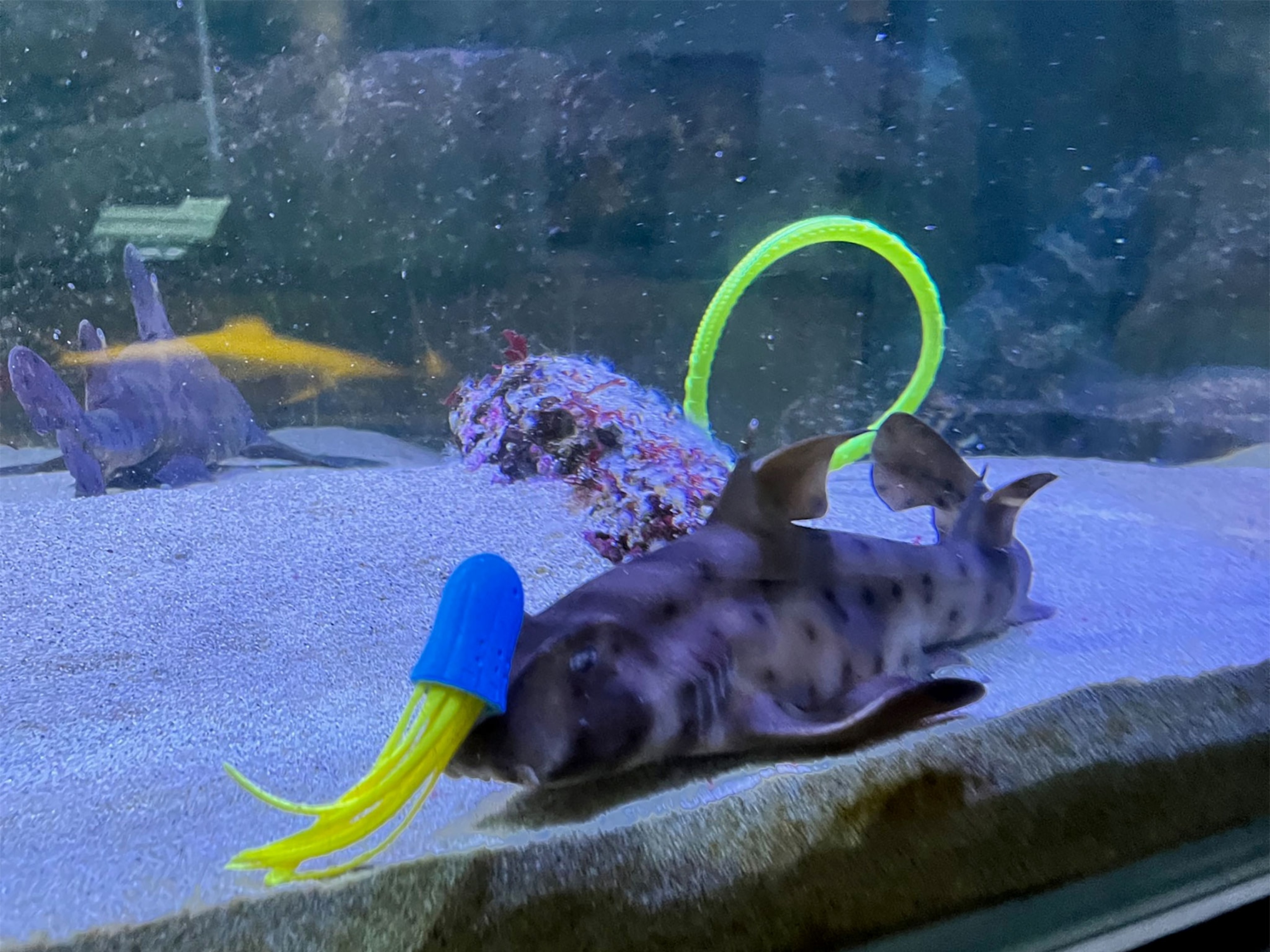
Flounders’ Eyes Face Skyward. How Do They See the Ocean Floor?
Flatfish have a clever way of blending into their surroundings.
For flatfishes, you’d think things would always be looking up.
These quick-change artists have eyes on top of their heads, yet marvelously mimic the surfaces they sit on. This prompted Clayton Louis Ferrara to ask Weird Animal Question of the Week: "If flatfish have eyes on the top of their heads, how do they see what's going on on the ocean floor?”
Flatfish, found all over the world, range from the angelfin whiff, which is about three inches (eight centimeters) to the Pacific halibut, which can get up to around nine feet (three meters) long. This fish group includes species familiar to seafood lovers—not only halibut, but flounder, sole, and turbot.
All flatfish have eyes on the end of stalks, so they pop out of the head “kind of like the eyes we saw in cartoons—ba-boing!” says George Burgess of the Florida Museum of Natural History.
True Colors
Thanks to those pop-up peepers, “they can’t see the bottom directly underneath them, but they can see the bottom around them,” notes Jackie Cooper of the National Aquarium in Baltimore.
Their eyes can also move independently, widening their field of vision, Cooper says.
Once flatfish eyes get the lay of the land, they message the brain, which in turn sends signals back to the skin. This organ contains color-changing cells such as melanophores, which either expand or contract according to the background the fish is trying to match, Burgess says. (See pictures of fish glowing in neon colors.)
For instance, expanding their cells would make their color darker.
All this neurological relaying is “a pretty sophisticated thing to do,” Burgess says—not to mention it takes flatfish between two and eight minutes to blend in.
Roving Eye
Even more impressive than how the eyes work is how they get on top of the head in the first place.

Flatfishes don’t start out flat. They start out looking like regular fish, kind of diamond shaped, and “as larvae, the eyes are in regular position on each side,” Burgess says.
As they develop “the eye begins to migrate, moving over the top of the head, eventually settling on one side or the other,” Burgess says. This also requires the bones in their heads to move. (Read about an early flatfish whose eye hadn't quite finished migrating.)
The flatfish’s bones are pretty pliable at this point, like the soft spot on an infant’s skull, so “as the eye moves, the bones in the head warp in that direction,” Burgess says.
An additional bone, found only in flatfish, develops right under the migrating eye, giving them that goofy asymmetrical look. (Watch a time-lapse video of the flatfish's amazing transformation.)
Adolescent flounder hate it when you show those pics of their awkward teenage days.
Weird Animal Question of the Week answers your questions every Saturday. If you have a question about the weird and wild animal world, tweet me, leave me a note or photo in the comments below, or find me on Facebook.





